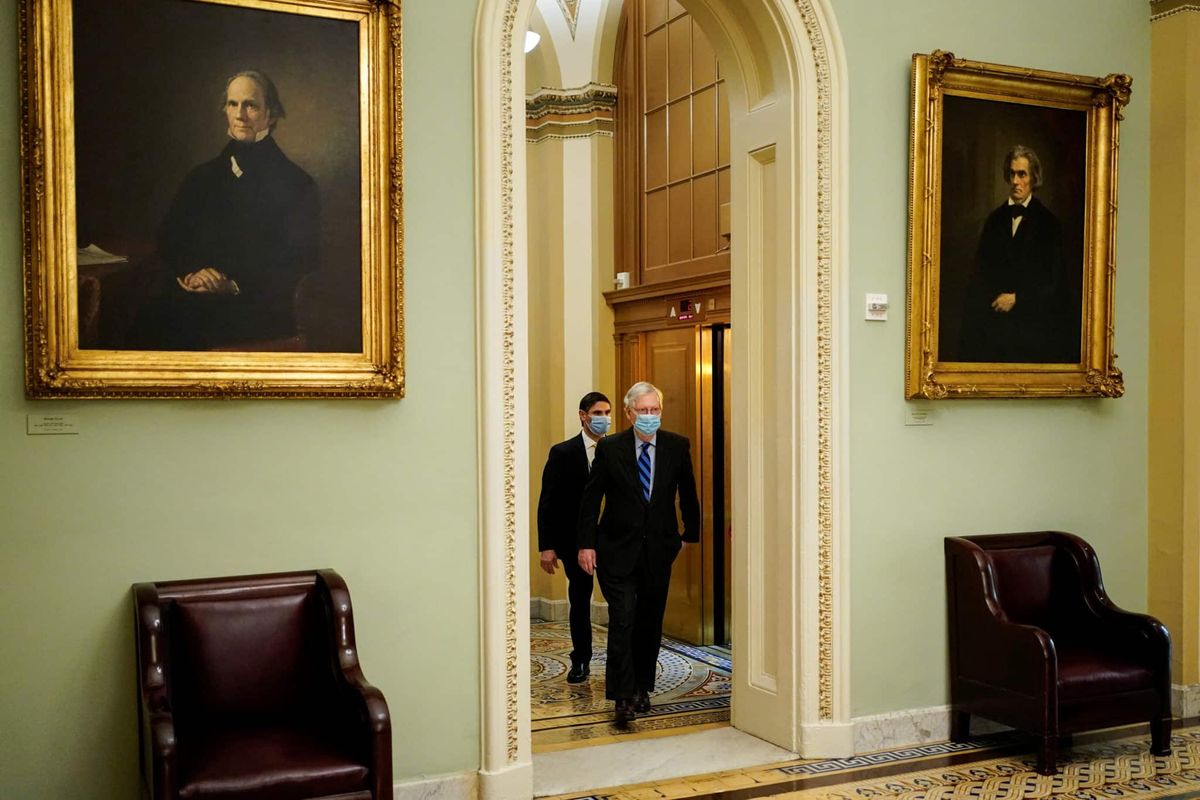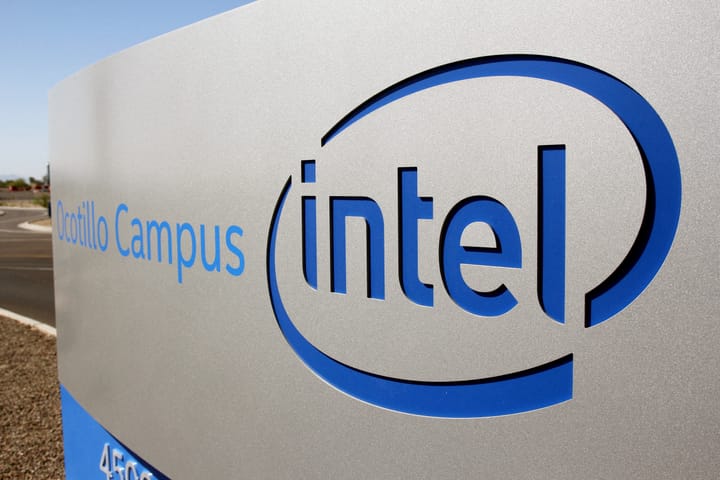What’s in the defense bill that Congress passed over Trump’s veto?

A few minutes every morning is all you need.
Stay up to date on the world's Headlines and Human Stories. It's fun, it's factual, it's fluff-free.
The NDAA, which this year accounts for US$740 billion of government spending, generally passes with little to no dissension in Congress.
On December 23, 2020, President Donald Trump vetoed the omnibus National Defense Authorization Act (NDAA) for Fiscal Year 2021. This annual budget, generally referred to in shorthand as the “defense bill,” is thousands of pages long and includes funding appropriations for all military branches – including the Space Force – as well as dozens of other programs and research initiatives.
The NDAA, which this year accounts for US$740 billion of government spending, generally passes with little to no dissension in Congress. With strong bipartisan support for the bill, Congress overturned Trump’s veto, officially passing the legislation with a vote in the United States House of Representatives on December 28 and a Senate vote on the first day of the new year. It was the first congressional override of a presidential veto since Trump was first elected.
In an unusual moment of unity, both Trump and Congress’ more liberal wing were in alignment in trying to stop the bill’s passage. However, their reasons for resistance differed. Trump claimed the bill was “a gift to China and Russia.” Additionally, he had unsuccessfully pushed for adding a provision to ensure US military bases named after Confederate generals were not renamed.
Independent, left-wing Senator Bernie Sanders, meanwhile, had sought to delay a vote on the bill. He was attempting to force Senate Majority Leader Mitch McConnell to hold a vote on raising the recently approved US$600 stimulus checks for citizens to US$2,000. Ultimately, Sanders was unsuccessful in his efforts, with a majority of Democrats voting with Republicans to pass the NDAA.
Multiple Democrats, including Speaker of the House Nancy Pelosi, had expressed public support for US$2,000 payments. Yet, Democrats’ refusal to stand with Sanders in the Senate angered many who saw the passage of the NDAA without a vote on increased stimulus payments as a betrayal. In light of this anger, why did the NDAA receive such strong bipartisan support?
What the defense bill covers
The NDAA authorizes appropriations (or funding) for the Department of Defense (DOD), which oversees all seven branches of the military: The Air Force, Army, Coast Guard, Marine Corps, National Guard, Navy and Space Force.
The funding covers a wide spectrum, from procuring military vehicles and weapons to funding health care programs and general operations and maintenance. Listed specifically in the bill are appropriations for a variety of bombers and unmanned vessels (or drones) that will be used by the various military branches.
Among the programs funded by the bill include those for destroying chemical agents and weapons, as well as mental health counseling initiatives for service personnel. The bill also funds an investigation into whether cancer is more common among military aviators.
Furthermore, the bill authorizes personnel for active duty and reserve forces and establishes policies related to military property and facilities, international programs, health care, diversity and inclusion, the development of artificial intelligence, as well as many other areas.
Beyond the military, the NDAA also addresses national security concerns related to the Department of Energy, the National Nuclear Security Administration and the Defense Nuclear Facilities Safety Board.
Much of the text deals with extending or removing deadlines set by previous defense bills.
A closer look at the defense bill
While the nearly 5,000-page defense bill is too extensive to explore in its entirety here, the assortment of topics covered in the bill is worth examining to grasp its full breadth. Understanding what is in the defense bill can also help explain why it garners bipartisan support year after year.
Section 112 deals with the Army’s acquisition and development of the Integrated Visual Augmentation System (IVAS), a “do-it-all goggle” that includes night vision and allows the wearer to see what drones see. The IVAS can also monitor a soldier’s health readings, including temperature, hydration and level of fatigue and stress.
Section 113 requires the Secretary of the Army to “submit to the congressional defense committees the plan, including a timeline, to operationally deploy or forward station the two batteries of interim cruise missile defense capability.” An interim cruise missile defense would allow US forces to counter missile and drone attacks from outside enemies.
Section 5243, titled “Deepfake Report,” requires the Secretary of Homeland Security to “produce a report on the state of digital content forgery technology.” This study, which is to include an annual report for the next five years, will examine the technology used in so-called “deepfakes” (an image or video in which a person’s face is seamlessly replaced by another person’s face).
The study will further examine which foreign nations are using deepfake technology “to harm national security” as well as the development of countermeasures to such technology.
Section 5876 stipulates the requirements for an annual report on the DOD’s Small Business Innovation Research (SBIR) program. This program provides funding for private small businesses to research and develop new technologies.
As stated on the SBIR’s website, “By including qualified small businesses in the nation’s R&D arena, high-tech innovation is stimulated, and the United States gains entrepreneurial spirit as it meets its specific research and development needs.”
While this is just a small glimpse into what the bill covers, it reveals the broad scope of the NDAA and why it makes up such a substantial portion of the US budget.
As a consequence of the bill’s broad funding and research authorities, in addition to its national security measures, most members of Congress have a vested interest in ensuring the bill passes year after year. It is for that reason that Congress’ override of Trump’s veto was considered by some to be inevitable.
Have a tip or story? Get in touch with our reporters at tips@themilsource.com




Comments ()